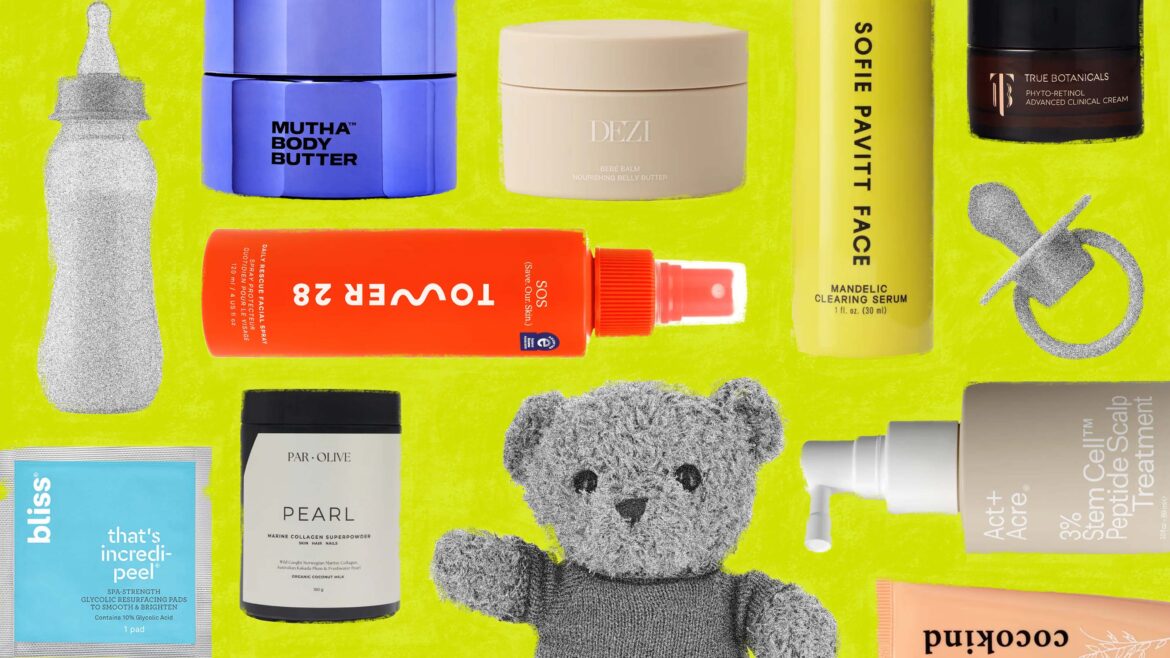Stop your Botox. Don’t get your hair colored. No more laser hair removal treatments, or retinol, or benzoyl peroxide, or salicylic acid. Finding out you’re pregnant (congratulations, by the way!) comes with a laundry list of no-don’t-touch-that and it-could-be-bad-for-the-baby warning labels slapped across various beauty products.
And not without good reason. “It’s essential to reassess your skincare routine and ensure the products you use are safe for both you and your developing baby,” says Shiela Kassir, M.D., a board-certified plastic surgeon, mom of two, and co-founder of Kassir Plastic Surgery. “Pregnancy-safe skincare excludes ingredients that may pose potential risks, such as retinoids, salicylic acid, and certain essential oils.”
At the same time, the infamous pregnancy glow has yet to reveal itself, while a newfound gamut of Super Fun pregnancy symptoms like acne breakouts, skin sensitivities, hyperpigmentation, hair loss, and stretch marks start to appear. “For most women, skin changes will appear in phases, with different concerns emerging at each trimester due to shifting hormone levels and body’s adaptation to pregnancy,” says Mamina Turegeno, M.D., a board-certified dermatologist at Sanova Dermatology in New Orleans and mom of one.
While the roster of products used to address these skin concerns are limited in order to protect your baby’s healthy development, innovation and discovery in the skincare world have brought safe and effective products into the fold. There are now elevated, easy-to-blend sunscreens formulated without potentially harmful chemicals (a few SPF actives like oxybenzone and octinoxate can be absorbed into the bloodstream and harm the fetus, says Dr. Kassir), plant-based anti-wrinkle alternatives to smooth skin until injections are A-OK again, gentler acids like azelaic or lactic acid can replace off-limits acne-fighting ingredients like salicylic acid.
To make it easier to put together your pregnancy-safe skincare routine—because you’ve got enough to worry about!—we talked to certified Cool Moms, dermatologists, and gynecologists, for their recommendations. Here, shop their top 24 must-have items that will see you through every trimester and beyond.
FIRST TRIMESTER
Every pregnancy is different; some people will experience gradual shifts in their skin and others will feel like it pulls a 180 the second they see those two blue lines. But generally speaking, the first few weeks of growing a tiny human are accompanied by adult acne. “Hormonal fluctuations can trigger breakouts,” says Lucky Sekhon, M.D., a board-certified reproductive endocrinologist at RMA of New York and mom of two. “Since ingredients like retinoids and high-dose salicylic acid are off limits [due to the potential to cause developmental defects],” she recommends looking for gentler exfoliating acids like lactic, glycolic, and azelaic acids, as well as sulfur-based acne spot treatments as alternatives to help prevent and treat breakouts.
Other moms-to-be might experience hyper-sensitivity to skincare depending on how the body responds to pregnancy hormones. “You can react more easily to topical products that were previously fine and have a response to environmental triggers [like heat and cold],” says Robyn Gmyrek, M.D., board-certified dermatologist at UnionDerm in New York City. Look for gentle cleansers and moisturizers to give the skin a boost of hydration and brightness. (The latter is ideal if frequent morning sickness leaves your skin dull and dehydrated.) It’s also not a bad idea to seek out fragrance-free options because they’re not only gentler on sensitized complexions, but also less likely to induce nausea when smell is heightened during the first trimester.
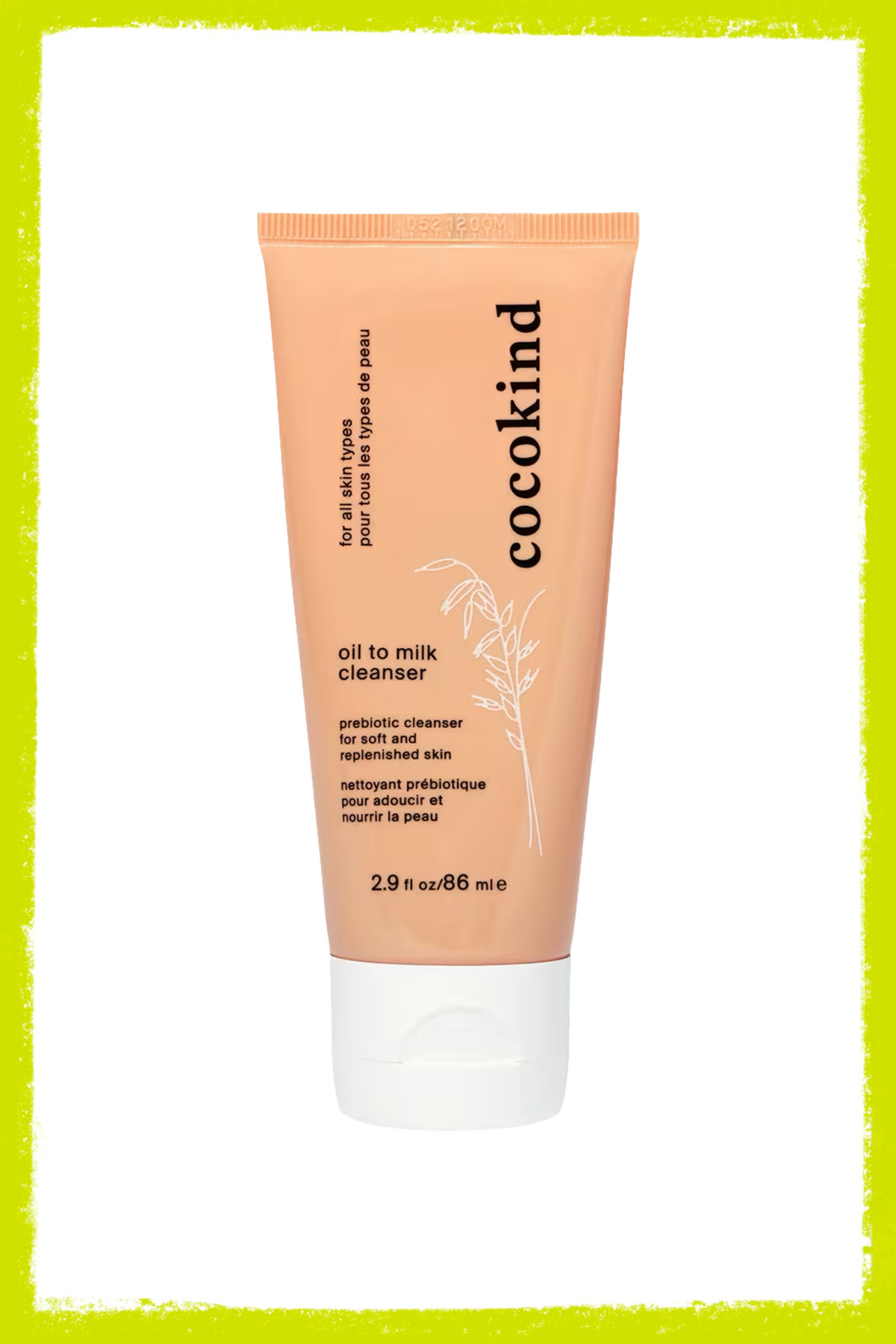
While you can always opt for drugstore cleanser, like Neutrogena’s Ultra Gentle Foaming Cleanser or CeraVe Hydrating Face Wash, it’s always nice to give smaller brands some love. Celebrity hairstylist and mom of one Justine Marjan used this affordable option every day (and every day after) her pregnancy. This product is so thoughtfully designed for pregnancy, avoiding fragrance and harsh actives, which is why Marjan “loves how gentle it is—even on the most sensitive skin.”
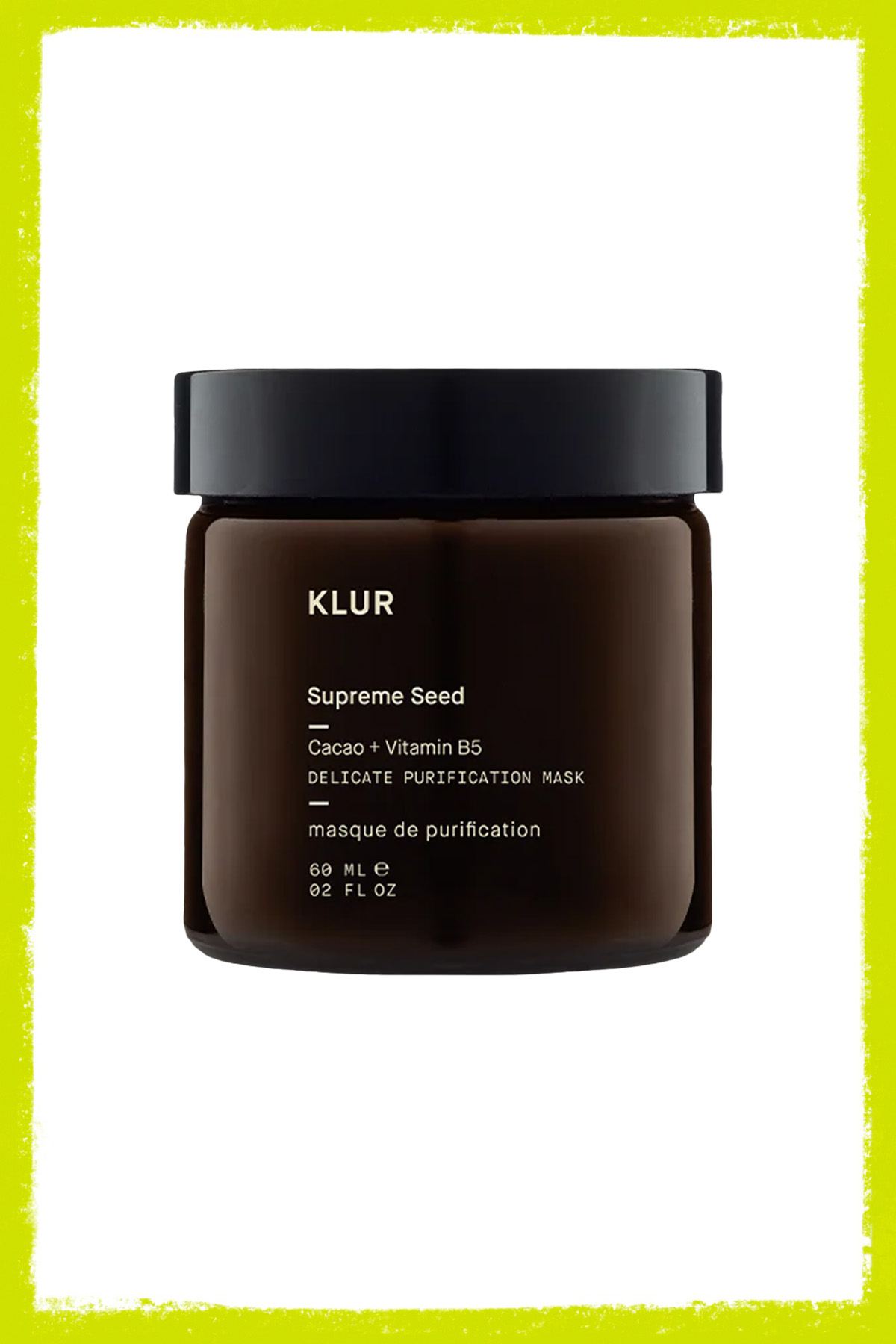
“This creamy mask is as skin-softening as it is incredible at soothing angry pores and irritation,” says former Goop Beauty Editor Megan O’Neill. “It feels cooling on your skin—I leave it on for 10 minutes while I braid my hair for bed—and it smells beautifully of hot chocolate (I know!). You can’t make up the noticeably brilliant results. Next-level NYC facialist Elizabeth Grace Hand introduced me to it after I had my second son, and I cannot stop slathering it on nightly.”
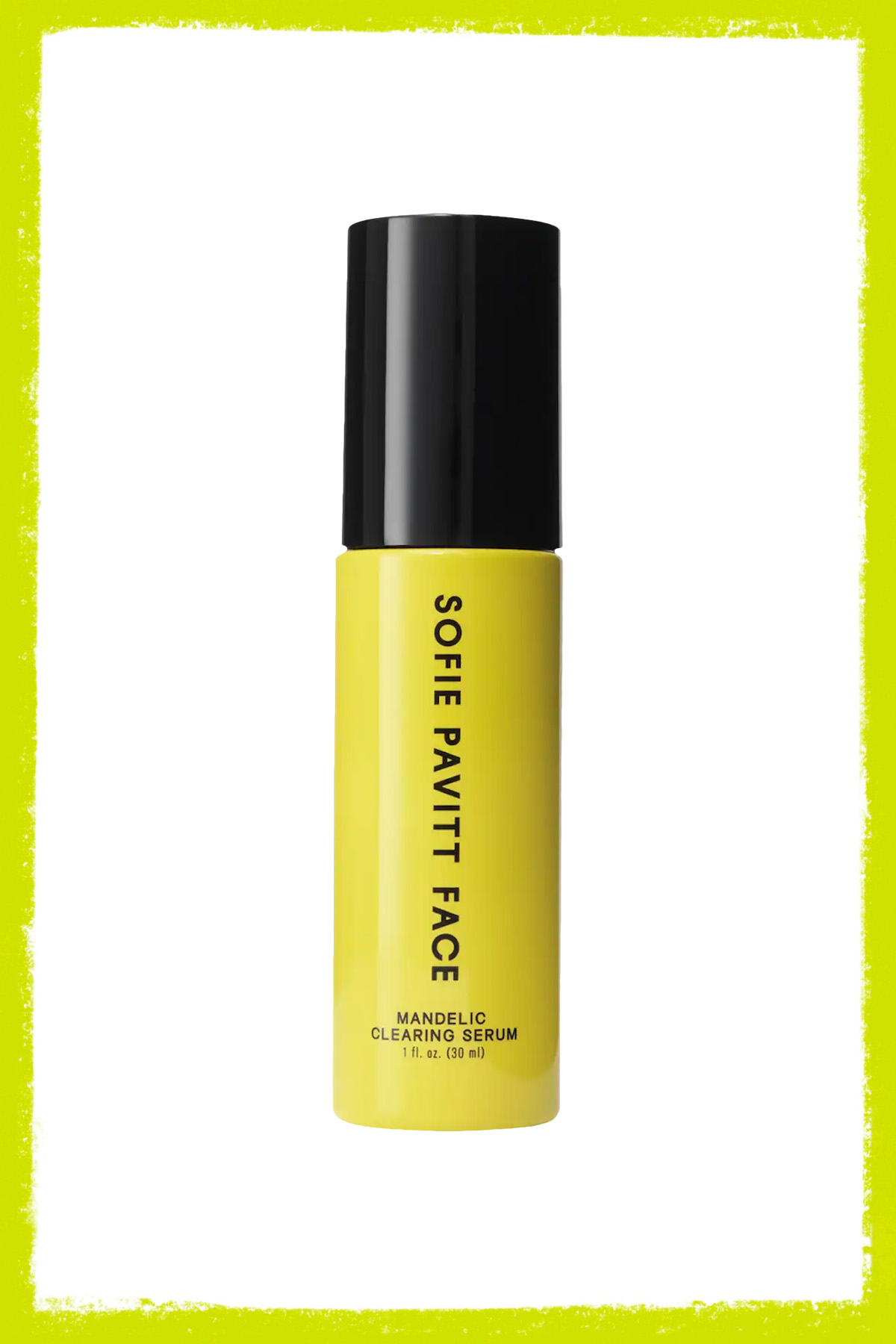
Acne and sensitive skin can co-exist (so fun!). When that’s the case, take former Cosmopolitan Beauty Director turned beauty content creator Carly Cardellino’s recommendation and scoop up this gem from acne whisperer Sofie Pavitt: “I didn’t have this during my pregnancy, but I would recommend it to anyone who is pregnant and breaks out because mandelic acid is a gentle and pregnancy-safe ingredient [derms agree!] you can use to fight acne,” she says. “It’s an alpha hydroxy-acid used mainly to exfoliate your skin and keep gunk out of your pores, which can lead to breakouts.”
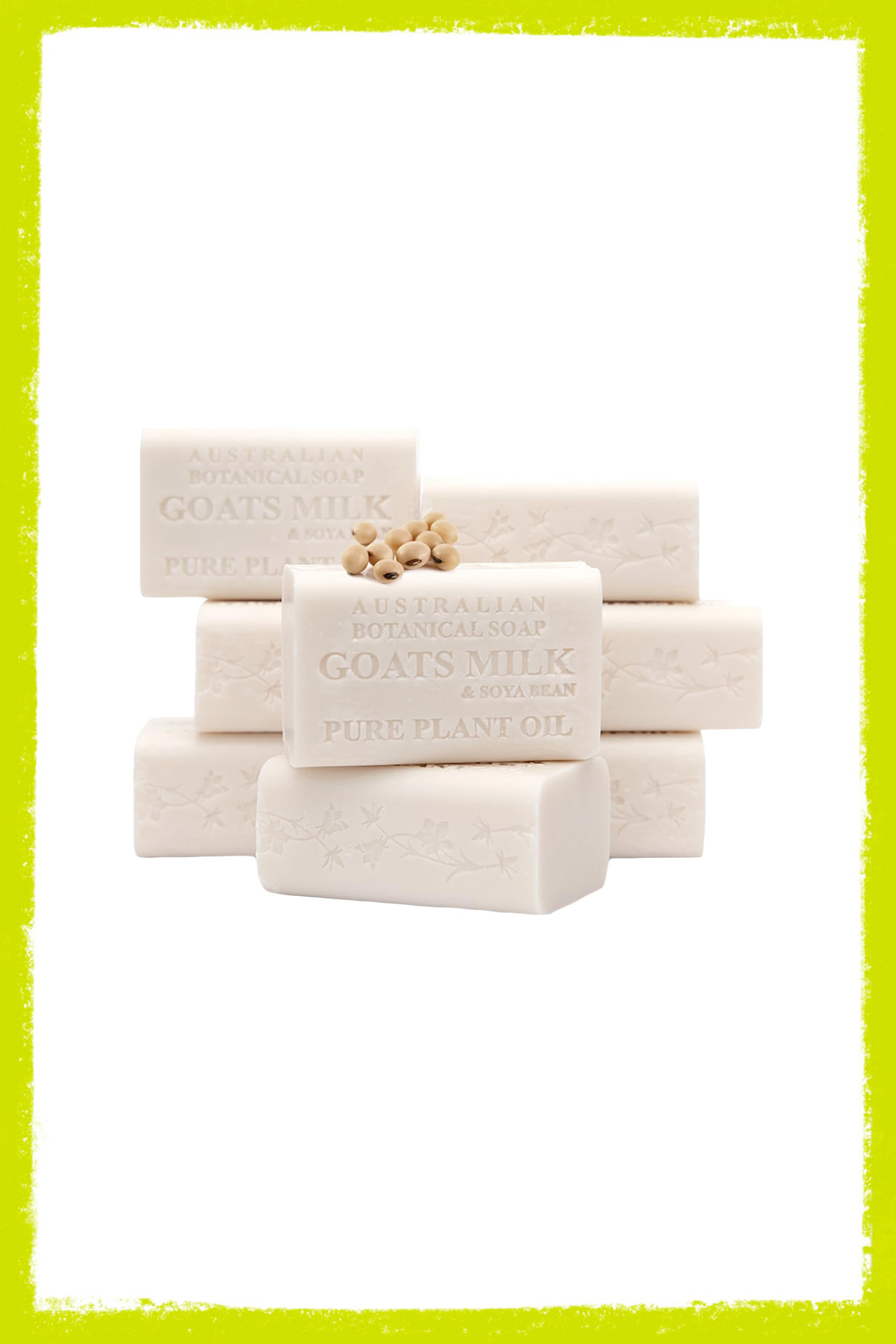
If smelling anything and everything makes your stomach spiral, a no-frills, hydrating body wash is non-negotiable. “This is a ride of die for me right now,” says co-founder of Fit Mama Coaching Jasmin Bass, who is currently pregnant with her second. “I literally ditched all my body washes and face cleansers for it. My sense of smell is next-level sensitive while pregnant, so all the soaps and face washes I’ve loved and used in the past stink to me now. I even made my family switch to this soap because I couldn’t stand the smell of what they were using. Ever since I’ve been using this soap, I have been getting so many compliments on my skin. It’s never been clearer.”
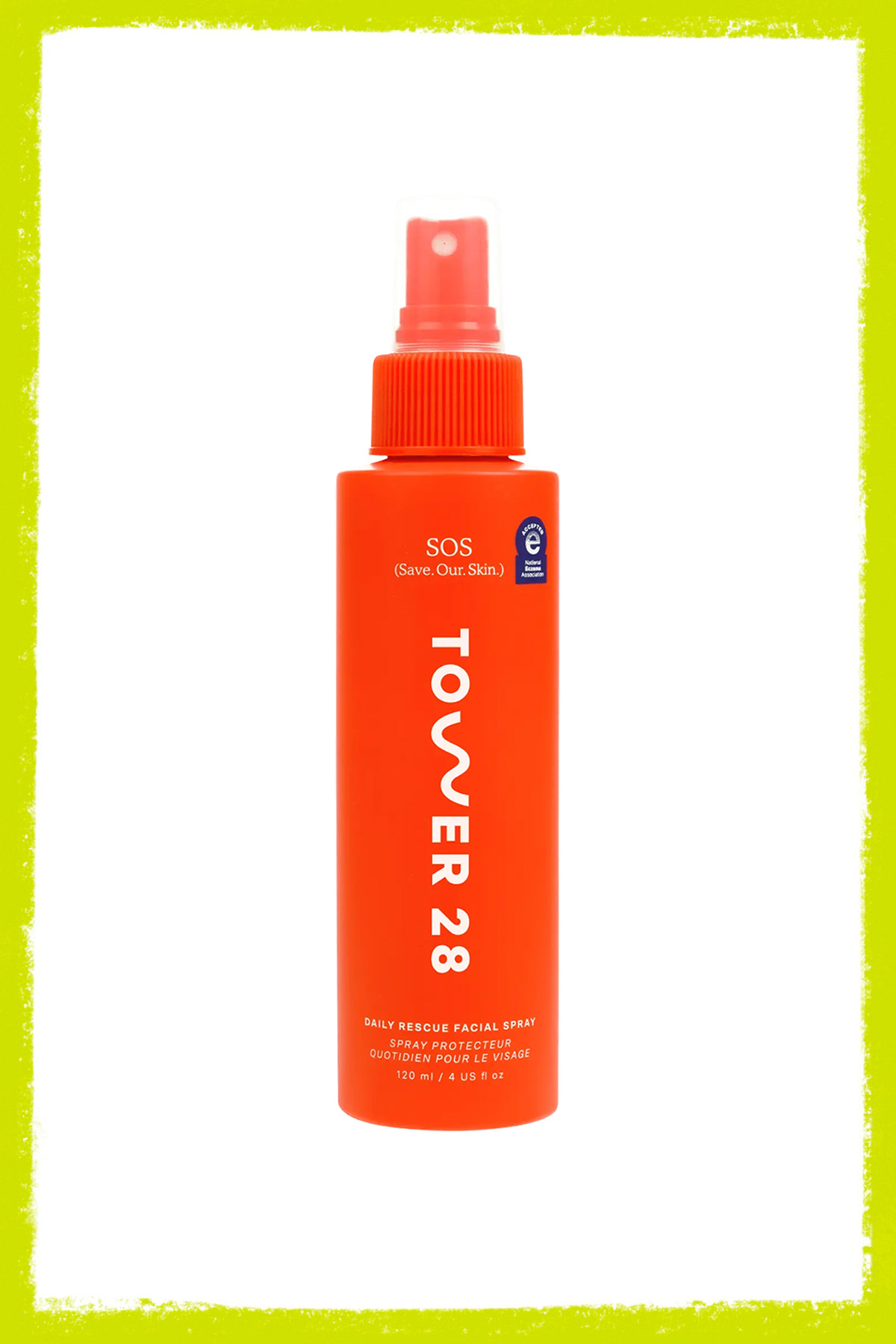
Whether you’re dealing with eczema (an itchy, dry, bumpy rash that can flare with heightened sensitivity in the first trimester) or hormonal breakouts, Tower 28 is a worthwhile addition to your pregnancy skincare routine—just take it from O’Neill: “Postpartum breakouts—and any breakout—are such a bummer. This powerfully soothing toner mist is the most genius treatment for my angry, congested skin. The secret weapon is hypochlorous acid, which research shows has anti-inflammatory skin benefits. I spritz it on until my face looks sparkling with moisture and feels calm and comfortable.”
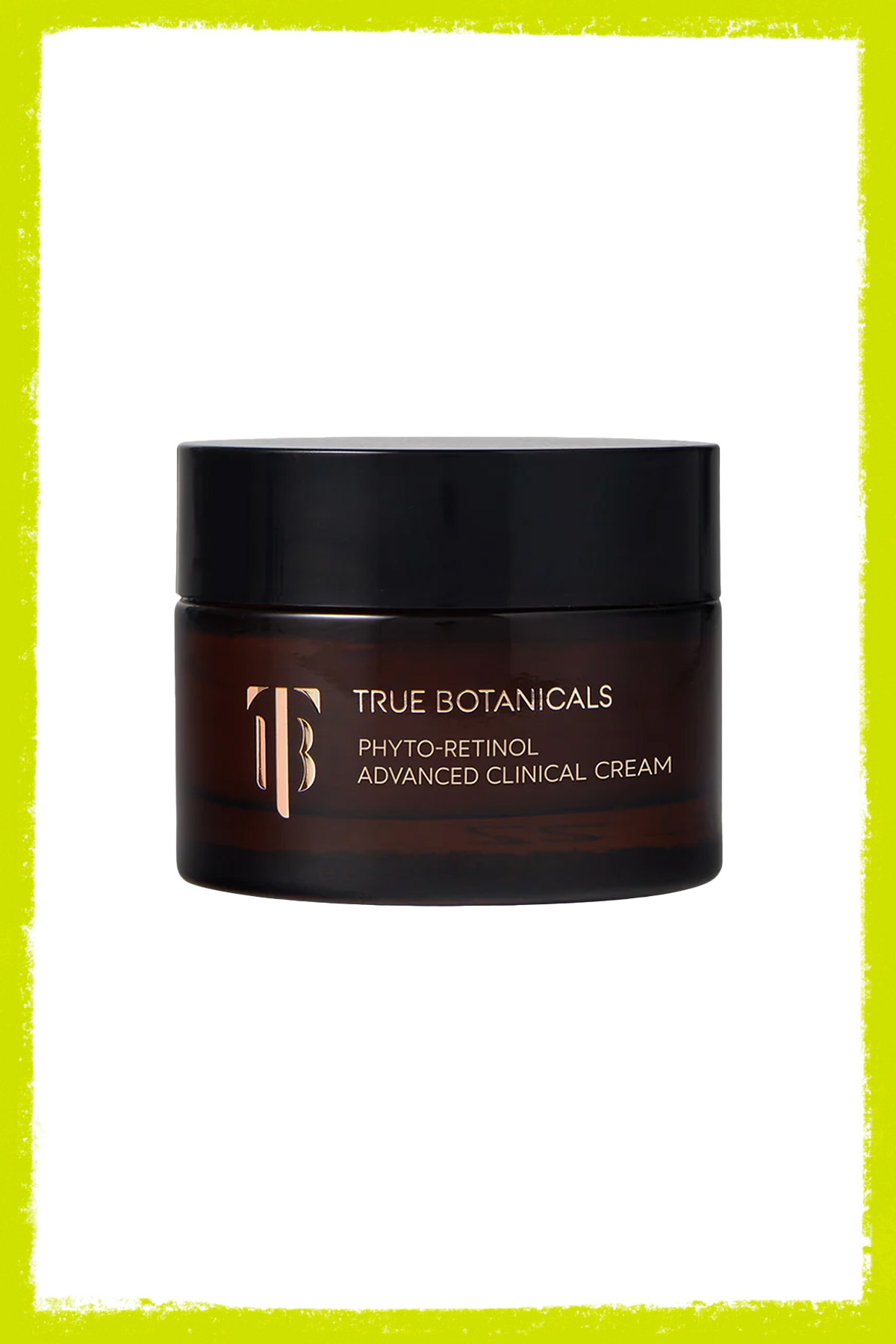
If stopping your powerful retinol and (temporarily) giving up Botox feels rough, take Marjan’s advice and scoop up this pregnancy-safe wrinkle-reducing alternative. “It has extremely effective results,” she says. “It can be so hard getting off Botox and all your favorite products while pregnant and breastfeeding, but this helped me so much with fine lines and radiant skin.”
SECOND TRIMESTER
Weeks 13 to 28 of pregnancy bring so many beauty positives. Your hair is feeling extra luscious courtesy of the increased blood flow and a longer hair growth phase and active acne is starting to calm down. While there are plenty of wins, many women do experience worsening hyperpigmentation around this time, too. “Hormonal changes can lead to melasma, which causes dark patches on the face, as well as linea nigra, a dark vertical line on the belly,” Dr. Turegano explains. You may also notice darkening of the areolas.
Hydroquinone, a prescription skin-lightening treatment for melasma and hyperpigmentation, has a high absorption rate into the bloodstream with limited safety data during pregnancy. The powerful active may also worsen hyperpigmentation in darker skin tones. The safer option: look for brightening ingredients like vitamin C, niacinamide, azelaic acid, licorice root extract, and kojic acid, all of which are “effective and safe alternatives for brightening and reducing hyperpigmentation,” Dr. Turegano says. You’ll also want to apply a mineral-based SPF 50 daily. Because mineral sunscreens reflect light (not absorb heat like their chemical counterparts), they’re less likely to trigger melasma flares.
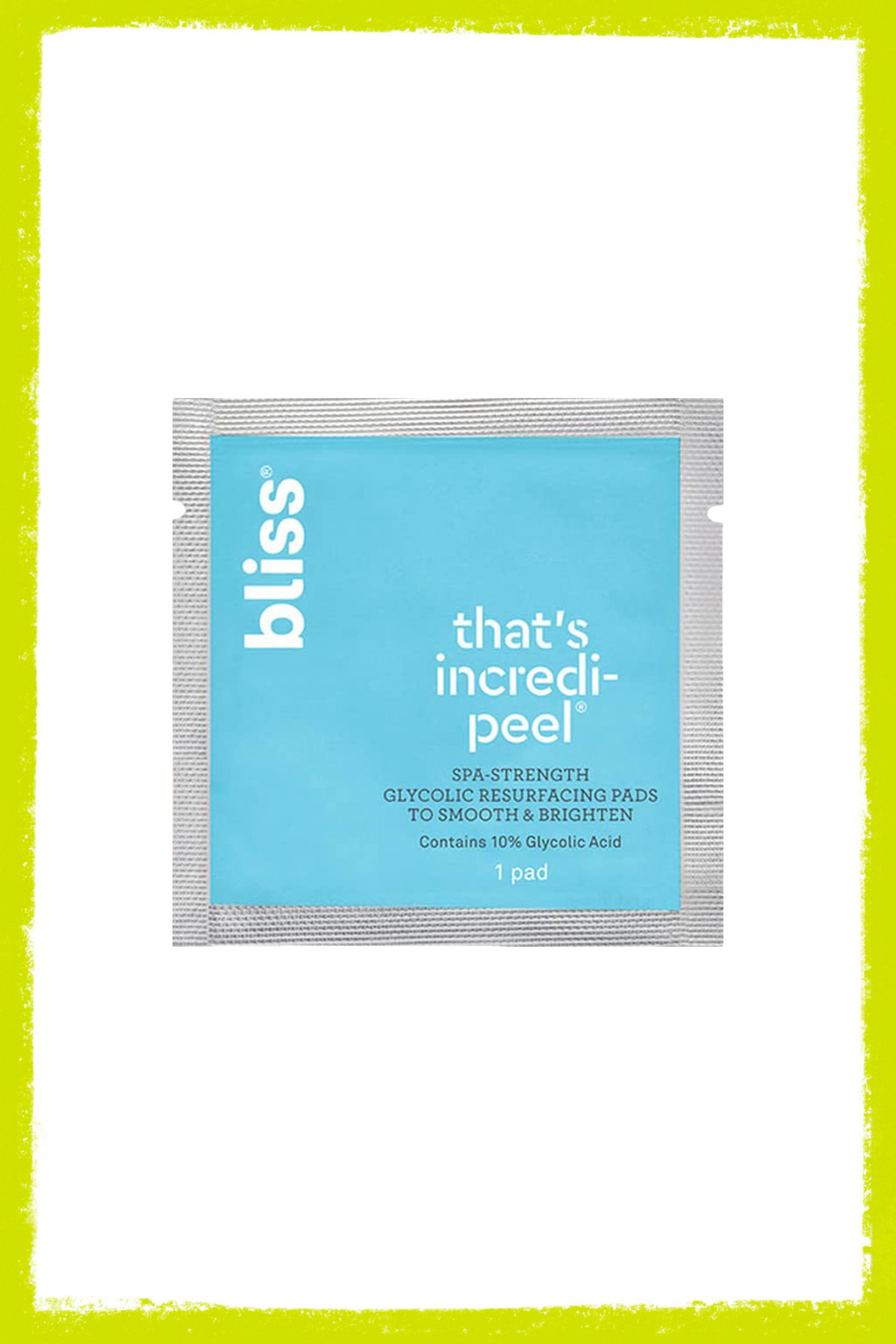
“Melasma or hyperpigmentation from acne sun damage is common during pregnancy, and there aren’t that many options,” Dr. Farhang says. Enter: these affordable, daily exfoliating peels from Bliss. “Glycolic acid pads are a great option to help with skin darkness, acne and just a little anti-aging. This product also has other ingredients such as flower extract and glycerin to calm the skin down, too.” These pads contain 10 percent glycolic acid (a safe amount to use during pregnancy, according to Dr. Farhang), but don’t use them more than two times per week, especially if you are prone to hyperpigmentation or have a darker skin tone—it could make the issue worse.
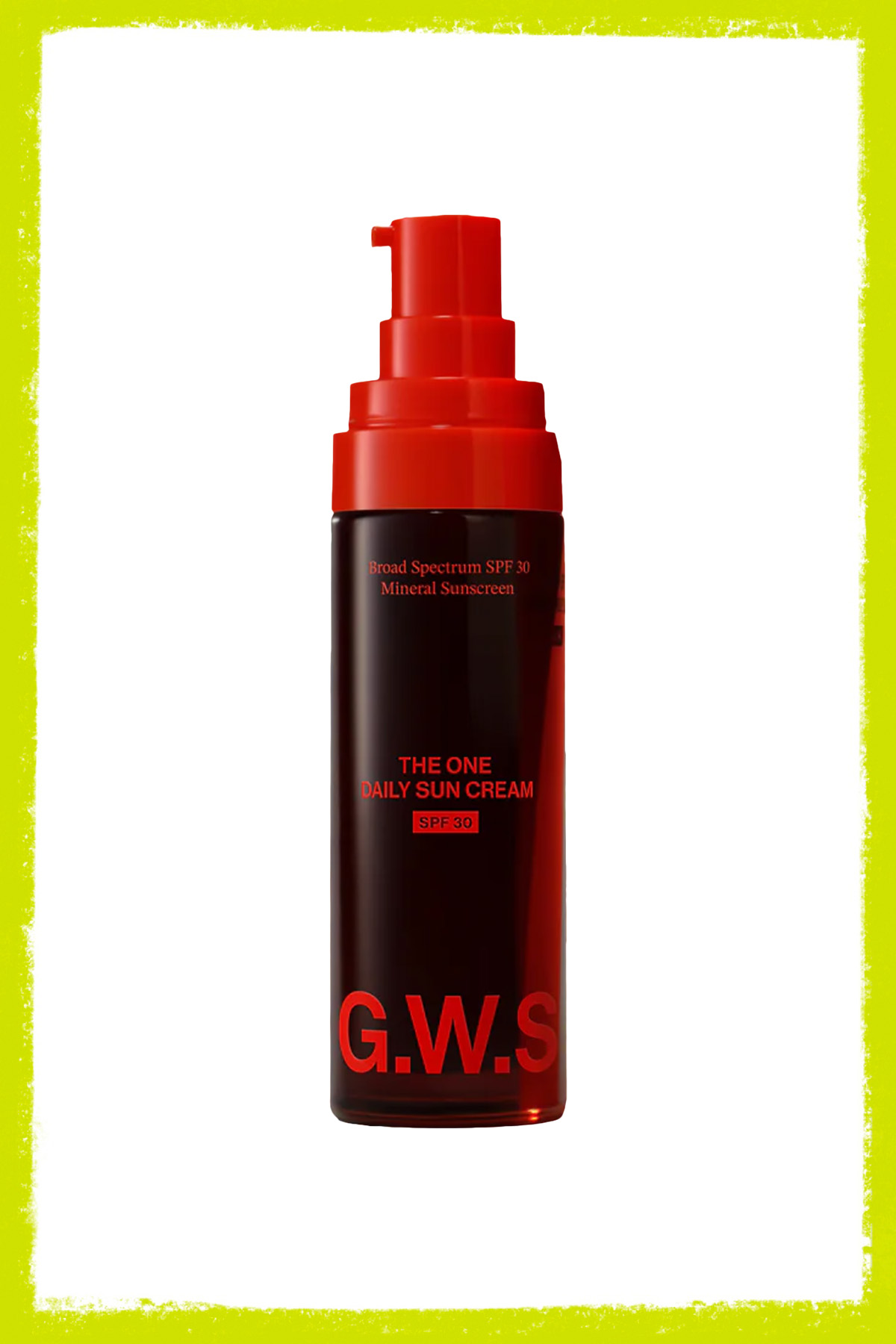
“Mineral sunscreens only for me; they’re the healthiest for our body and our planet,” O’Neill says. “This one is invisible, melting, light yet pampering, and the active sun-blocker is zinc—you know, the stuff that’s in baby diaper cream. It’s radiance-boosting, swirled with all sorts of skin-boosters like niacinamide and sea buckthorn—which lends it this beautiful flaxen tint—and, like the rest of my picks, it’s made by women.”
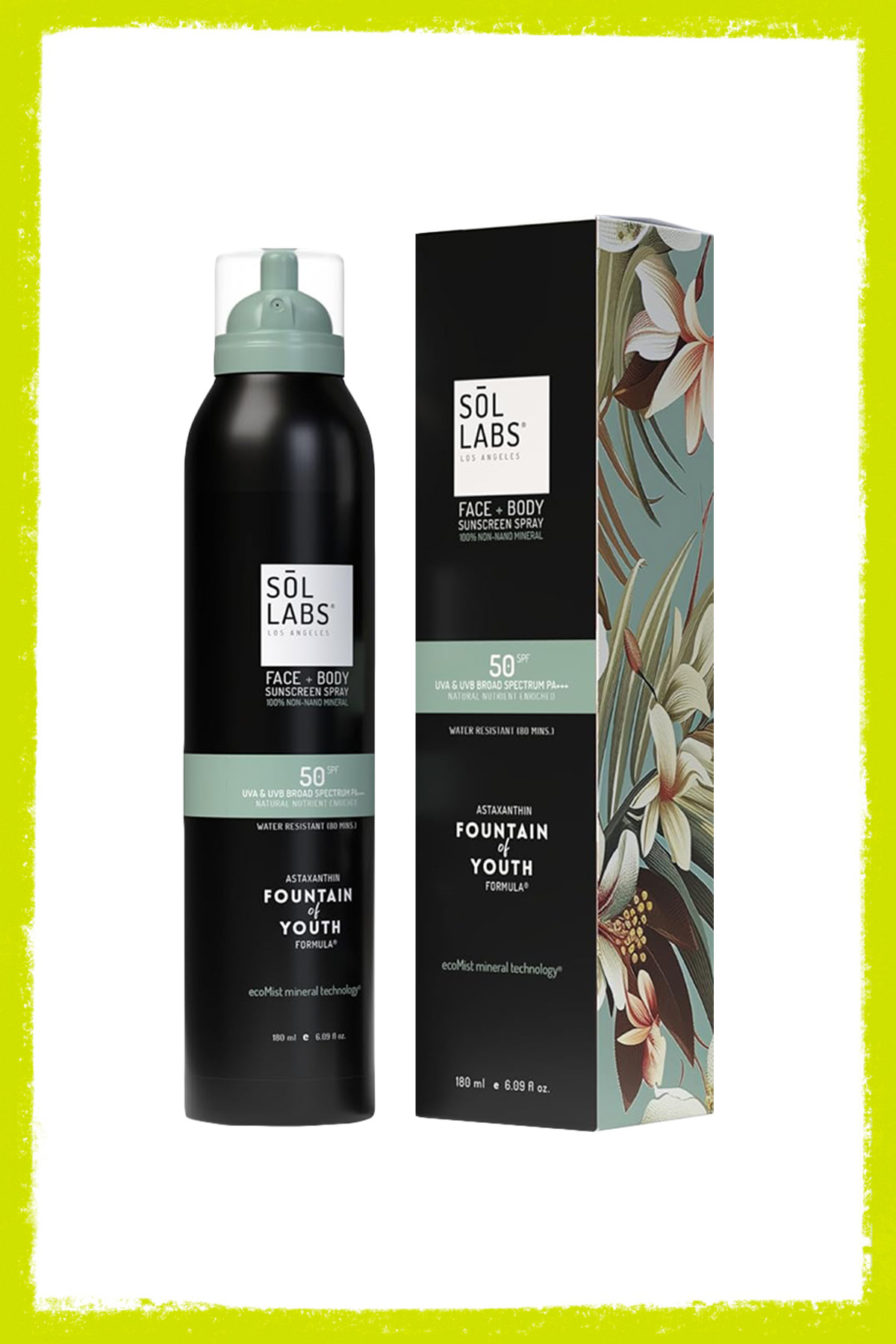
If this sunscreen spray doesn’t make it into your beach bag this summer (pregnant or not), you’re doing it wrong. “Prepare to actually lose your mind over this SPF. It’s so freaking good, goes on super clear so that anyone can use it, and isn’t greasy (you could slip on a silk dress after it sinks in),” Cardellino says. “It’s mineral, so it’s totally safe for you during pregnancy—and for you to use on your kiddo eventually; mineral sunscreen can be applied to babies over the age of six months.”
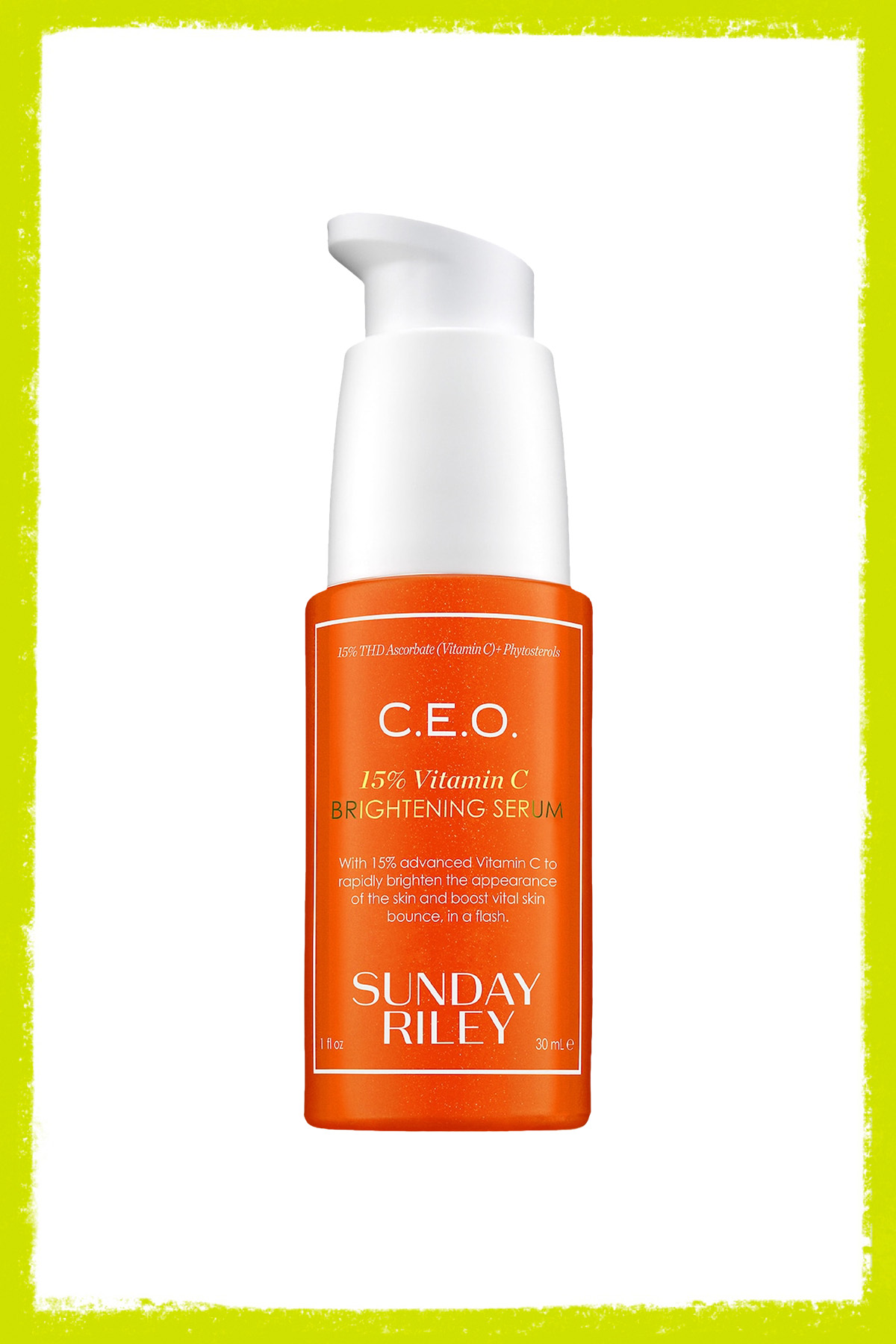
Vitamin C is a gold standard in skin brightening, and when paired with pore-minimizing plant saccharides and a redness-reducing proprietary complex, the juice is much more effective. That’s precisely why Dr. Gmyrek always recommends this creamy serum to her pregnant patients struggling with melasma, large pores, and even fine lines and wrinkles popping up in the absence of retinol.
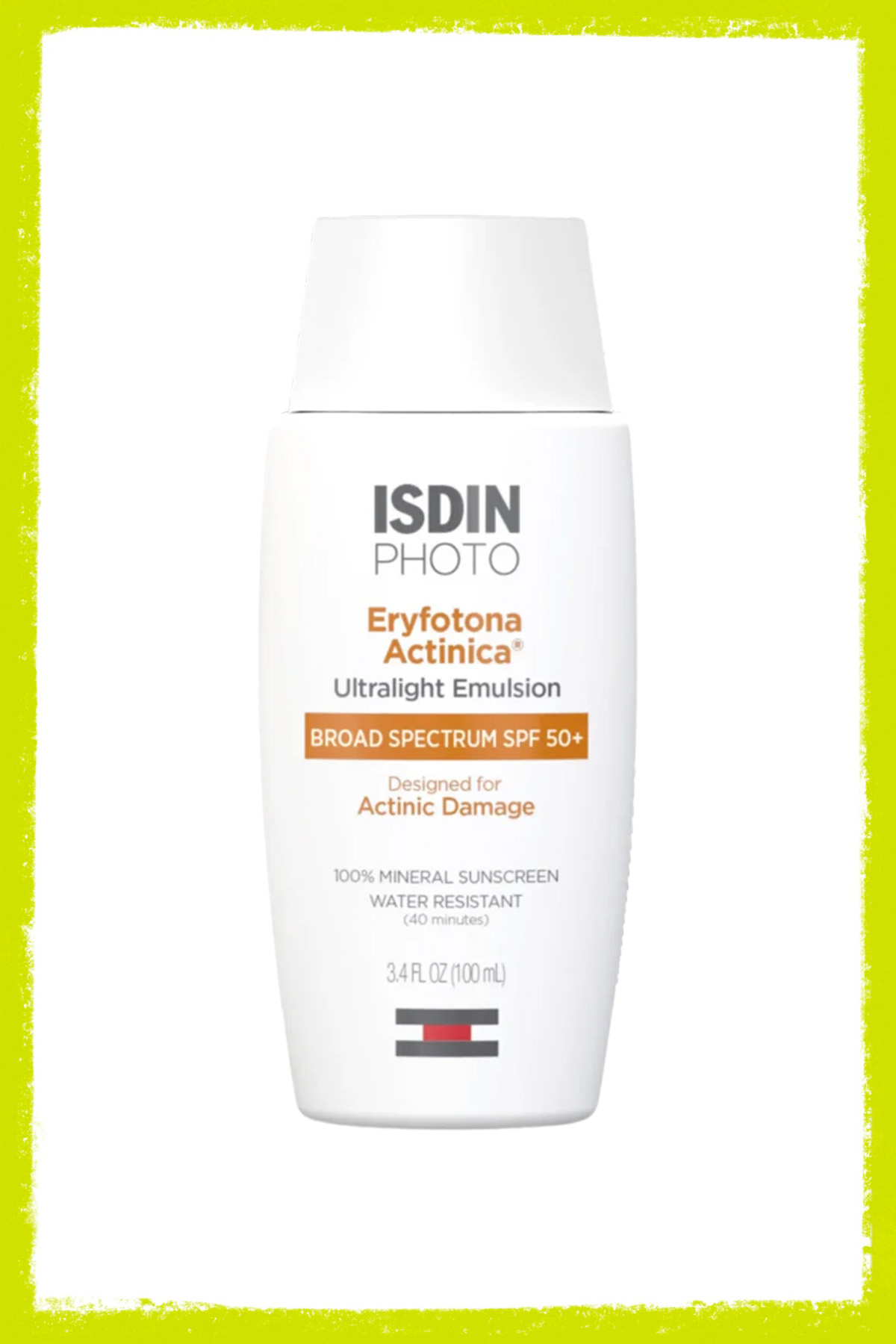
“Melasma, triggered by hormonal fluctuations and sun exposure, can take months to fade, but consistent SPF use—along with ingredients like vitamin C, niacinamide, and azelaic acid—can help even out skin tone,” Dr. Turegano says. She recommends this derm-formulated, mineral-based SPF, which is non-greasy, lightweight, and absorbs within 30 seconds.
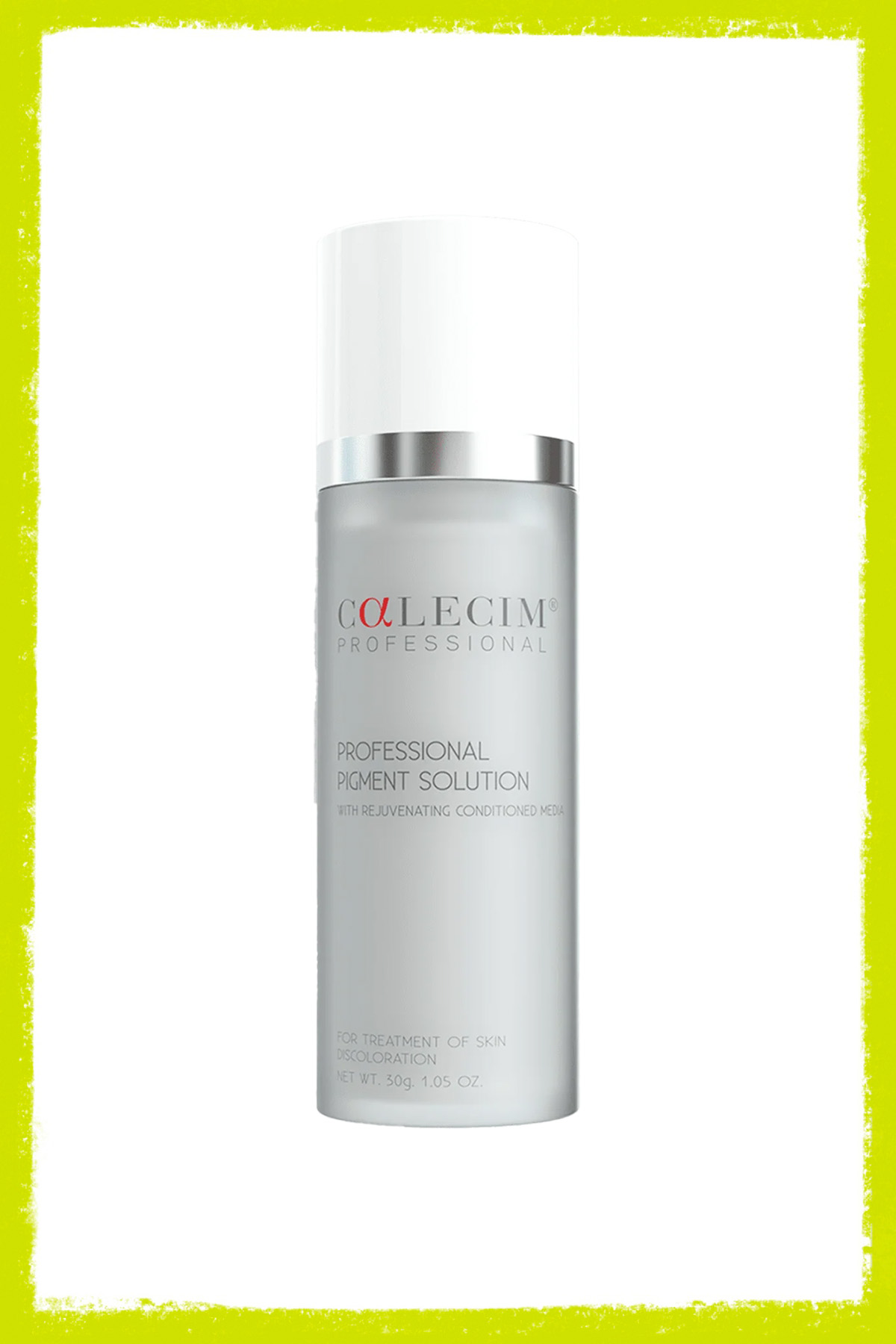
“I have struggled with melasma for years pre-pregnancy,” says Raquel Medina-Cleghorn, facialist and founder of Raquel New York. “And with a November due date, I knew I was in for a one-two punch; pregnancy during the summer was sure to make it flare. I let it ride knowing I had this serum on hand to help treat it. It contains a host of skin brightening and tyrosine-inhibiting ingredients, like 4-butylresorcinol, glutathione, niacinamide, vitamin C, cobra lily, and my personal fave, tranexamic acid. It also contains PTT-6, which is a potent stem cell conditioned media from the umbilical cord lining of the New Zealand red deer. That makes it smell a little funny, but the results are totally worth it.”
THIRD TRIMESTER
By the third trimester, your bump is undeniably bigger and it’s time to give your stretching skin the TLC it needs. Your belly might feel drier and itchier, while stretch marks, which are in large part due to genetics, may become more visible, Dr. Sekhon says. “There are no scientifically proven methods to prevent stretch marks, but it’s commonly thought that keeping the skin moisturized helps to prevent them forming,” Dr. Gmyrek adds. Look for body creams or oils with hydrating, nourishing ingredients like hyaluronic acid, peptides, squalane, and shea butter to boost hydration, and calming, anti-itch agents including colloidal oatmeal, aloe vera, and centella asiatica.
Insomnia might also hit around now, so it’s time to invest in an eye cream with miraculous powers to fake a good night’s rest.

“Weeks 27 to birth bring so many physical changes—stretch marks often develop due to rapid skin stretching, and some women experience intense itching or PUPPP (pruritic urticarial papules and plaques of pregnancy), a common pregnancy rash,” Dr. Turegano says. One of her favorite ways to soothe the urge to scratch is with an oatmeal bath, particularly this drugstore option that gets sprinkled into warm water before a leisurely soak.
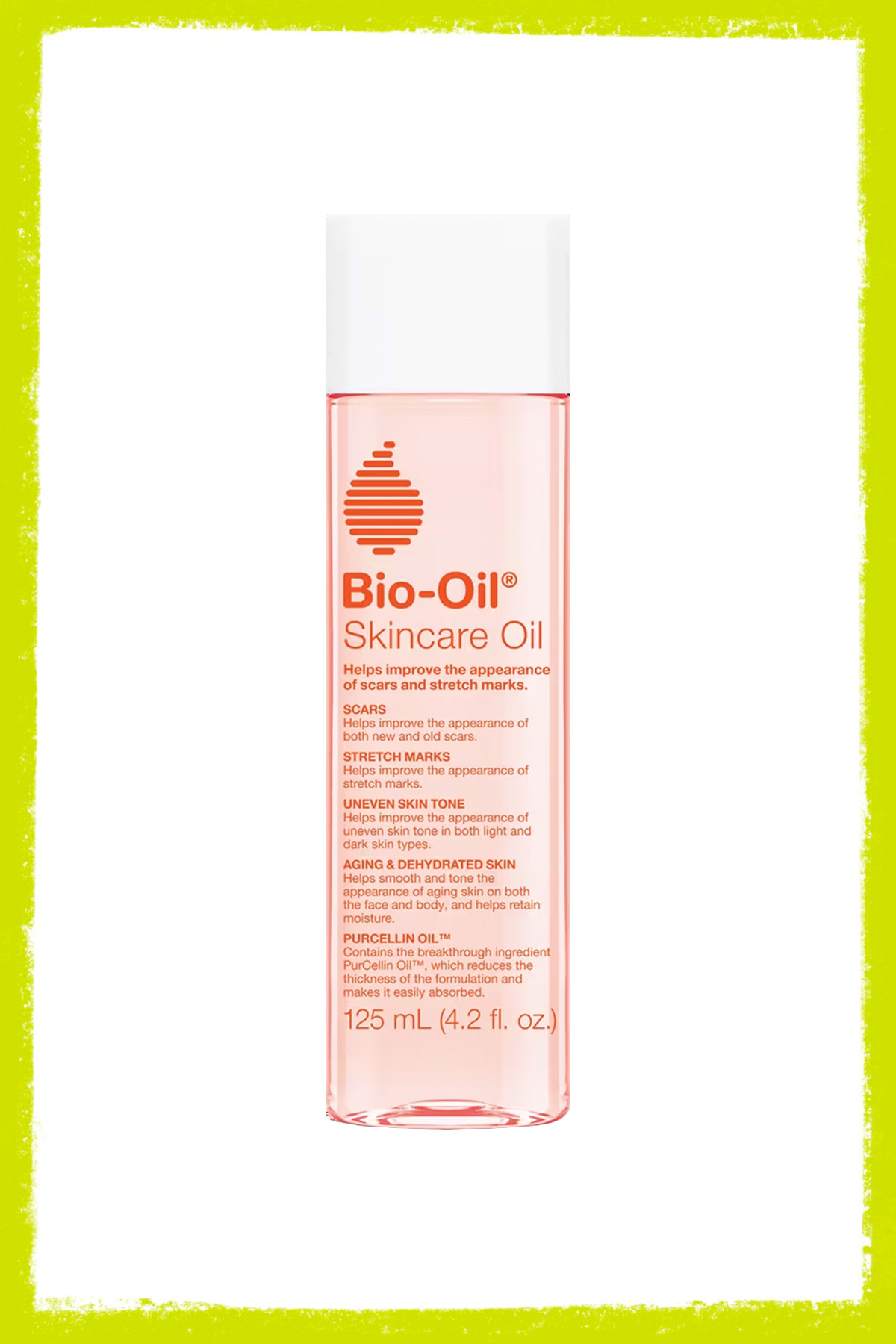
A classic for a reason. “If you don’t keep your skin well-moisturized, it’s incredibly itchy because it’s slowly stretching to accommodate your growing baby bump. So, I’d slather myself in Bio-Oil, which has skin-strengthening Vitamin E, sunflower oil, and PurCellin oil (a synthetic ester that was created with a duck’s shiny and healthy feathers in mind, thanks to its preen gland oil),” Cardellino says. “The oil is lightweight and easily absorbs into your skin, but hot tip: get some polyester or faux silk pjs that won’t absorb the oil, so it remains on your skin.»
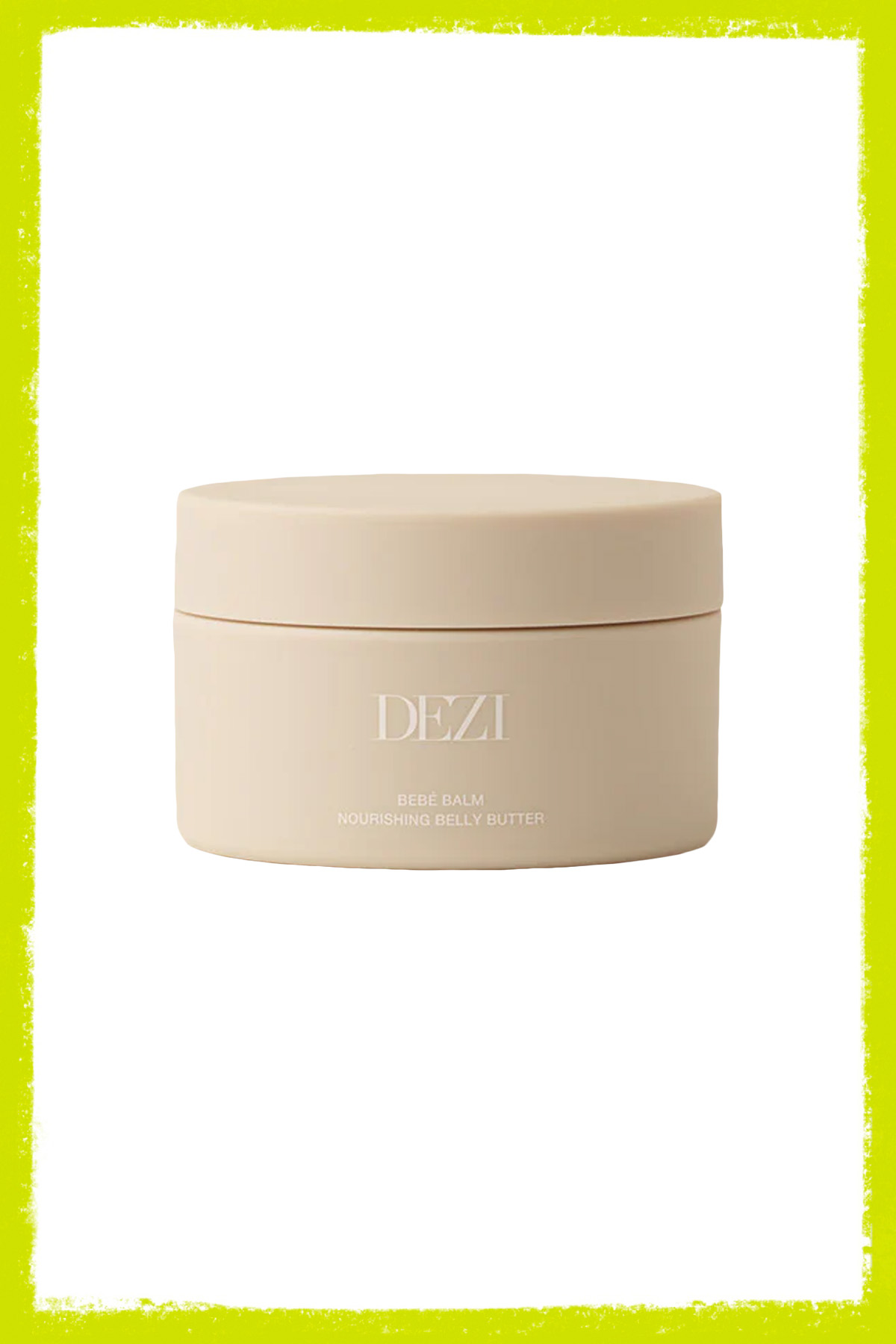
For an extra-rich occlusive cream that locks in moisture for hours, look no further than this luxe-feeling balm. “I’m already on my third tub because it keeps my belly so hydrated and soothed as it stretches, which it has done way more of this time around than my first pregnancy,” Bass says. “The itchiness was real, but this balm has been a life-saver for locking in moisture all day. It’s even been helping to soften some of my old stretch marks!”
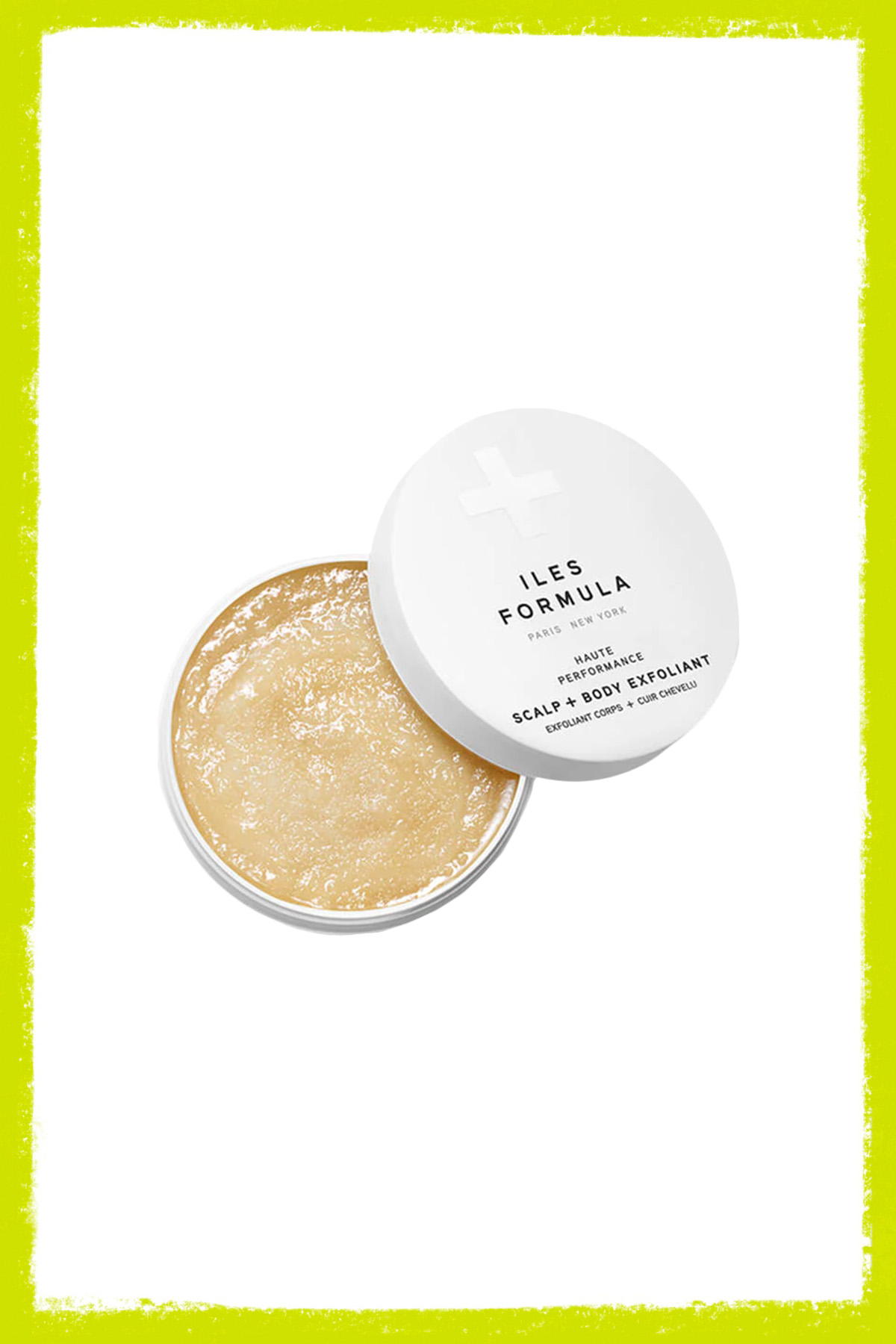
“I became obsessed with this product once my belly started getting big,” Medina-Cleghorn says. “Not only do the scrub particles feel delightful as they slough off dead skin, but the oils in the formula remain on the skin, eliminating the need to moisturize post-shower. This came in very handy in my later stages of pregnancy, when moisturizing my body felt too herculean of a task.»
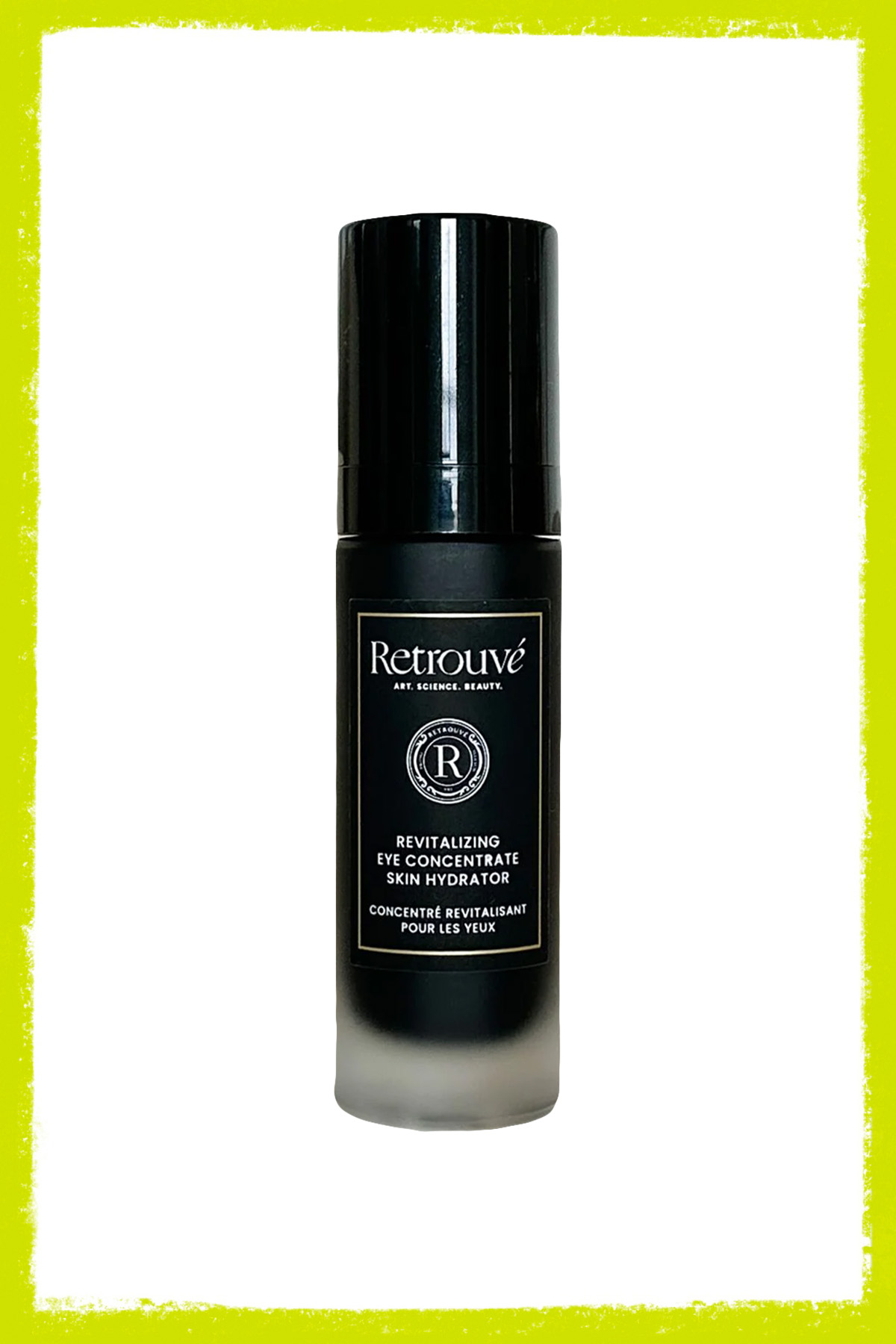
“This is my favorite eye cream, hands down, pregnant or not,” says celebrity hairstylist Clariss Rubenstein. While no eye cream on the planet can conquer exhaustion (one can wish!), this luxe option will make you look like you have. The formula has a creamy, lightweight texture, like a milky serum, but for your eyes.
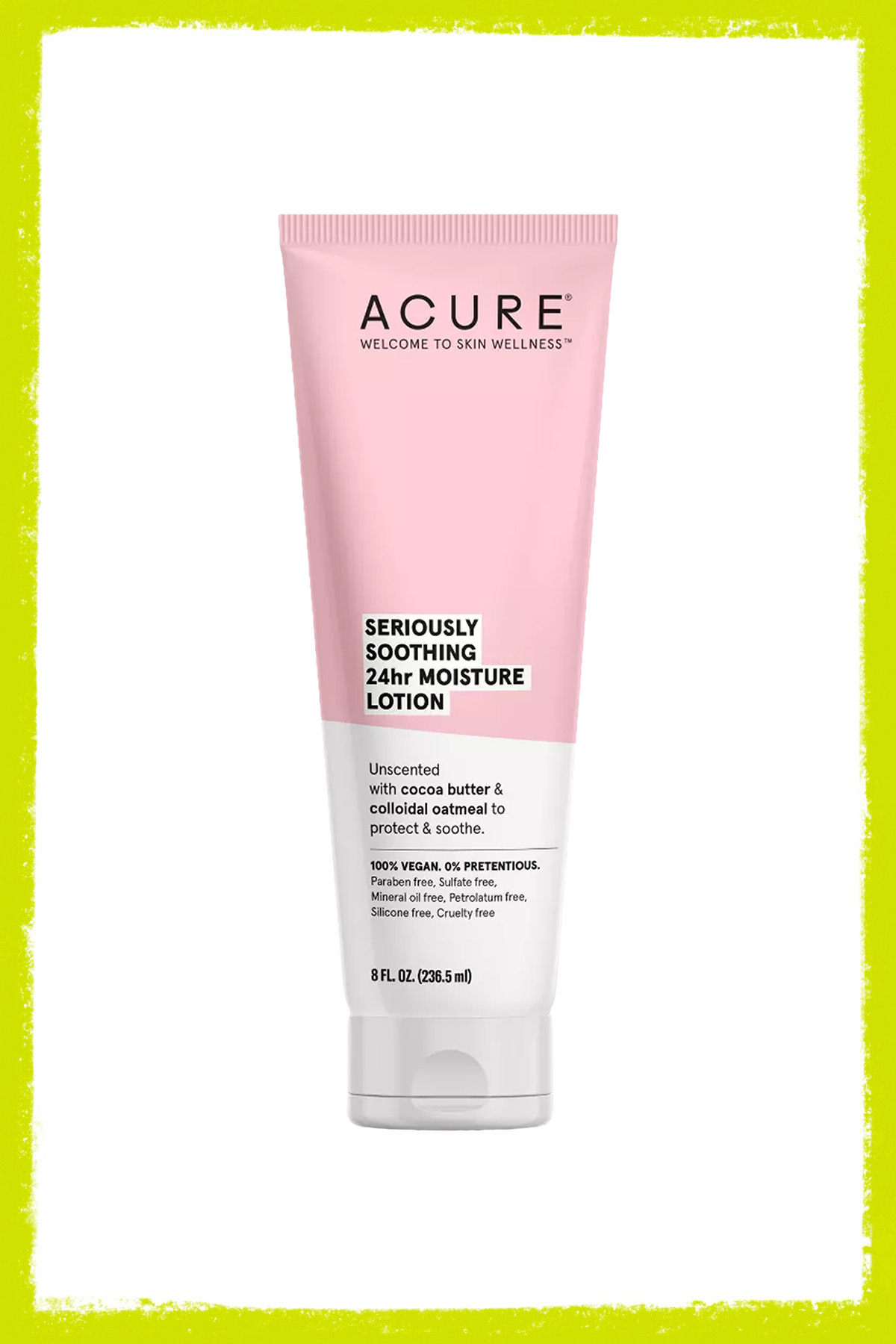
Keeping skin hydrated isn’t just a good idea for stretch mark prevention—it can also alleviate itchiness, so you’ll want to lather up 24/7. “I used this during the day because it was super nourishing but wouldn’t ruin my clothing, leaving it stained with oils,” Cardellino says. “Yes, it has moisturizing ingredients, like sea buckthorn oil and cocoa butter to soften skin, but the formula dried really nicely on my skin during the day. This lotion also has colloidal oatmeal in it, as well as aloe, so it quelled my urge to itch my skin because the ingredients kept it feeling supple and calm. It’s also fragrance-free.”
FOURTH TRIMESTER
Once you’ve welcomed your little one, your body will still need some time to get adjusted to your new normal. These 12 weeks require a fine-tuned postpartum tool kit to address the many changes still happening in your body. Melasma, stretch marks, and hyperpigmentation that presented themselves in earlier trimesters are likely still lingering (they’ll gradually start to fade, don’t worry), and a few new concerns enter the chat, too.
“Fluid retention and sluggish circulation are common postpartum, so techniques like lymphatic massage, hydration, and gentle movement can promote recovery,” Dr. Turegano says. You’ll also likely notice some unwanted hair loss—but don’t panic, it’s totally normal. “Hair generally increases in thickness during pregnancy due to increased blood flow and hormones, but often post-delivery, there is a shedding of hair known as telogen effluvium,” Dr. Gmyrek explains. This occurs three to four months postpartum, and while hair will typically return to baseline in time, hair oils and growth supplements can help speed along the process.
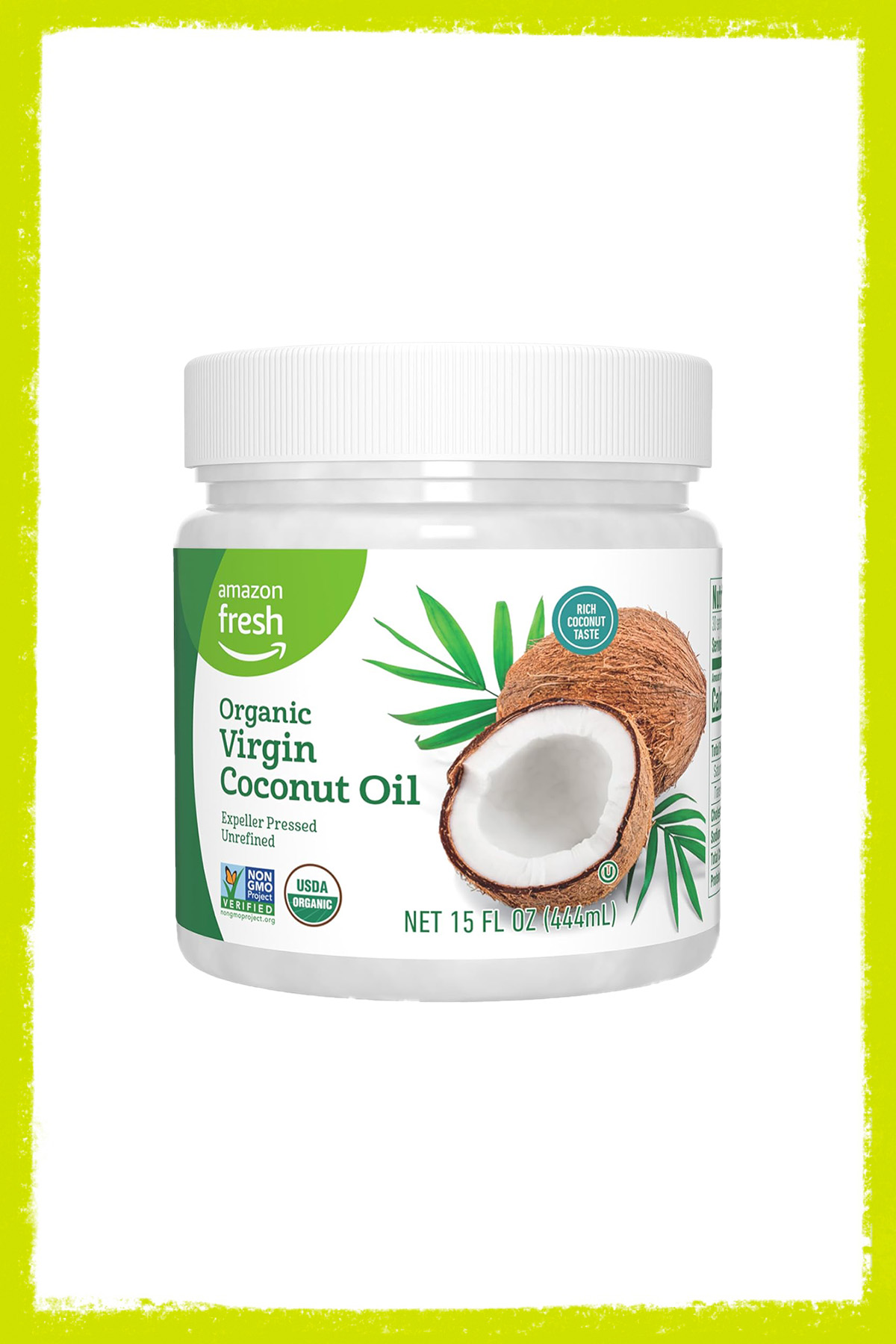
The true star of postpartum skincare: organic coconut oil that you can pick up at your local Whole Foods. “It heals nipple damage from breastfeeding and pumping, it fixes your cuticles when they’re cracked from constant bottle and pump washing, it helps clean meconium off your newborn’s perfect little bum, and it works wonders to massage in and comb away cradle cap,” Medina-Cleghorn says. “It’s not sexy, but it’s available everywhere and it always works.”
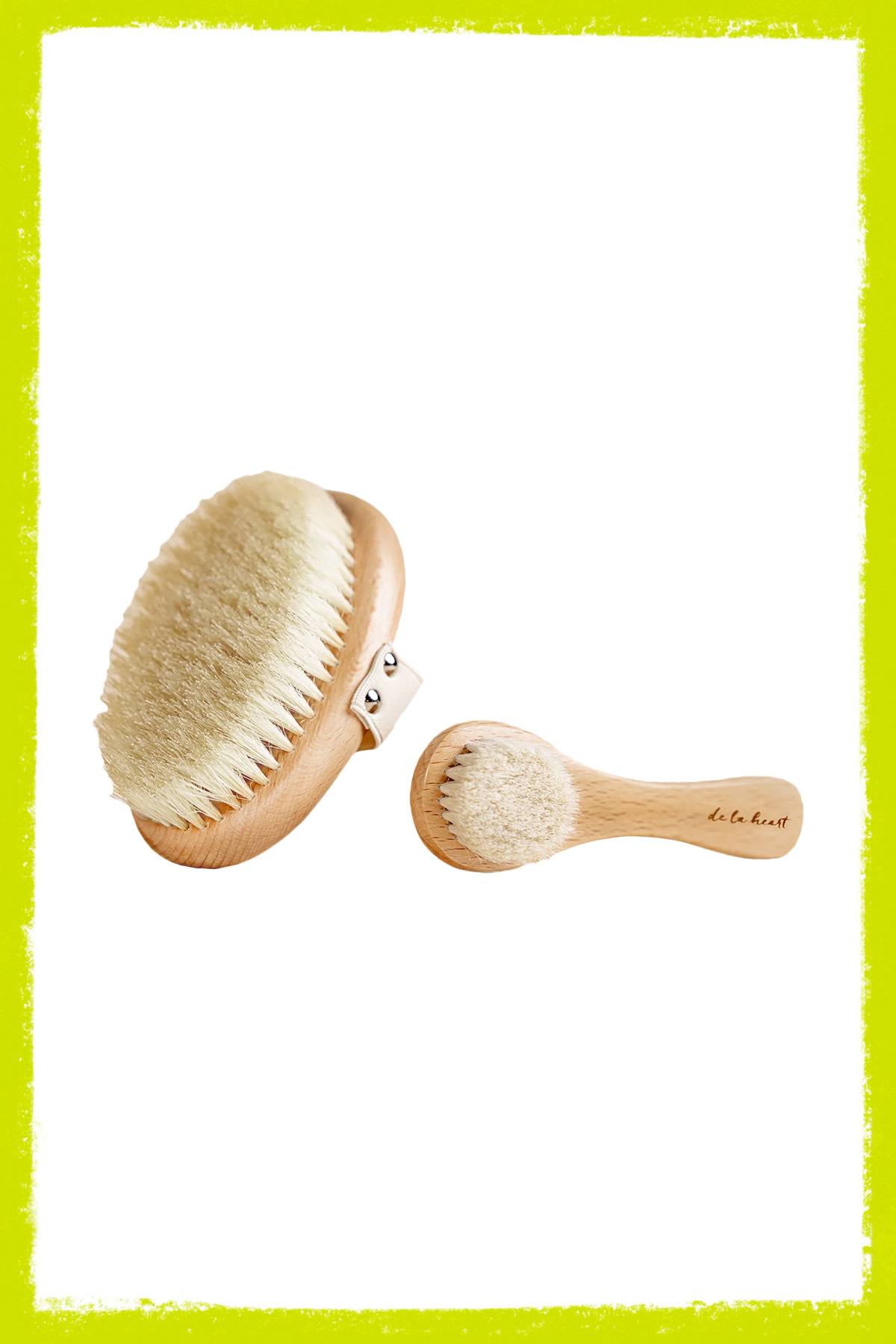
“I love the De La Heart face and body brushes. This was something that I did daily and it really helped me with moving stagnant fluid out of my body,” Cardellino says. “I did it after birth (and still do it every morning to this day) and I feel like it also really helped my skin snap back into place. After I dry brush, I apply the De La Heart Golden Body Oil or Honest’s Glow On Body Oil over my skin.”
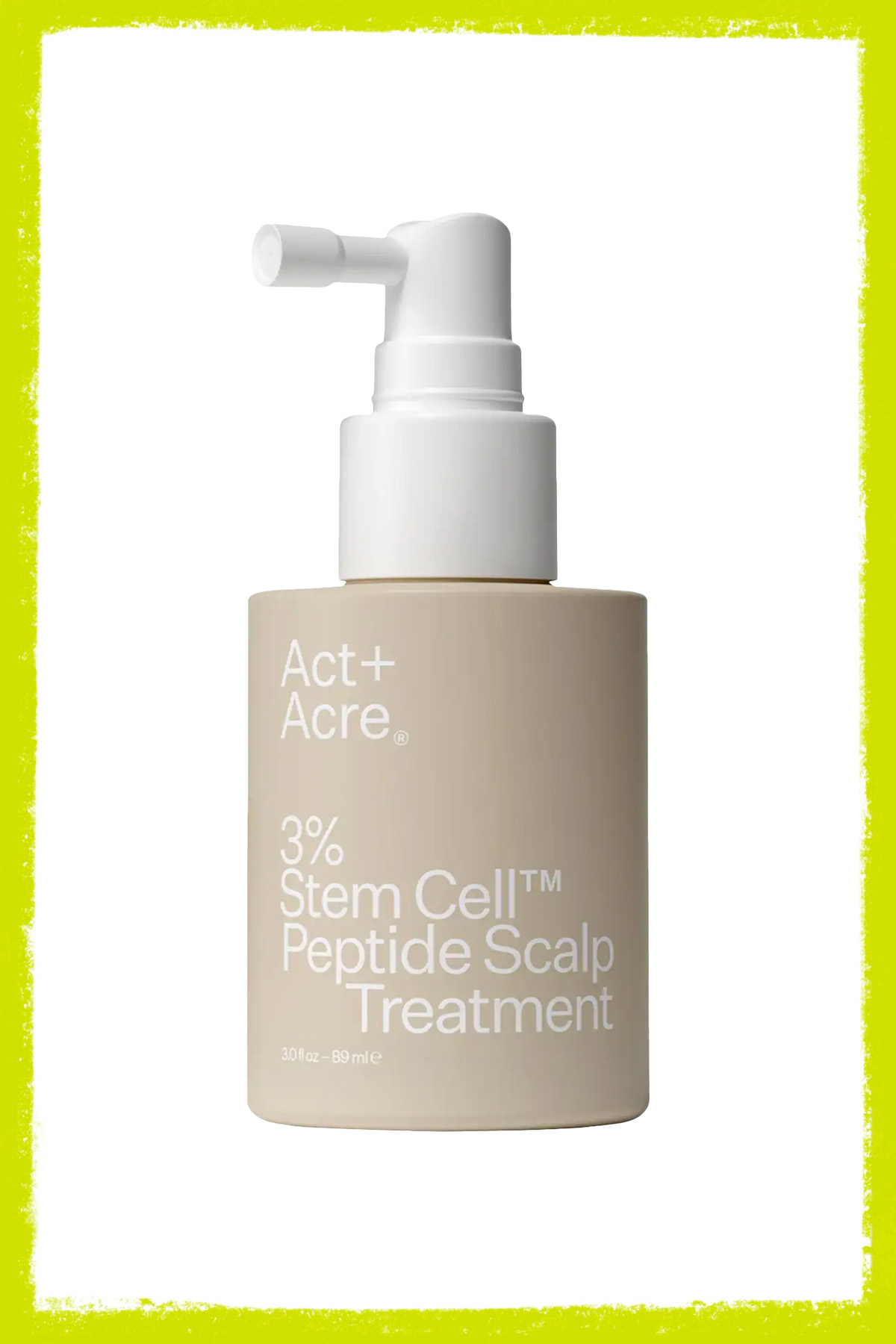
You don’t have to wait until postpartum to start using hair growth treatment. Get a jump on combating hair loss with a gentle scalp serum. Dr. Farhang loves this option, which includes “peptides to help support regrowth.” Just use the dropper along your scalp and gently massage the product in. It doesn’t leave a residue, so you can blow dry (or air dry) your hair and go about your day.

While hard and fast data supporting the efficacy of supplements for hair growth is admittedly lacking, the positive lore surrounding them is hard to deny. Case in point: Carol Han, founder of Nette, who swears by this dermatologist-developed, sustainably-sourced powder. “I had fairly severe hair loss for a couple of years after I had my son, where an alarming amount of hair would fall out every time I washed my hair,” she says. “This collagen powder frothed into my morning coffee every morning is the only thing that helped.”
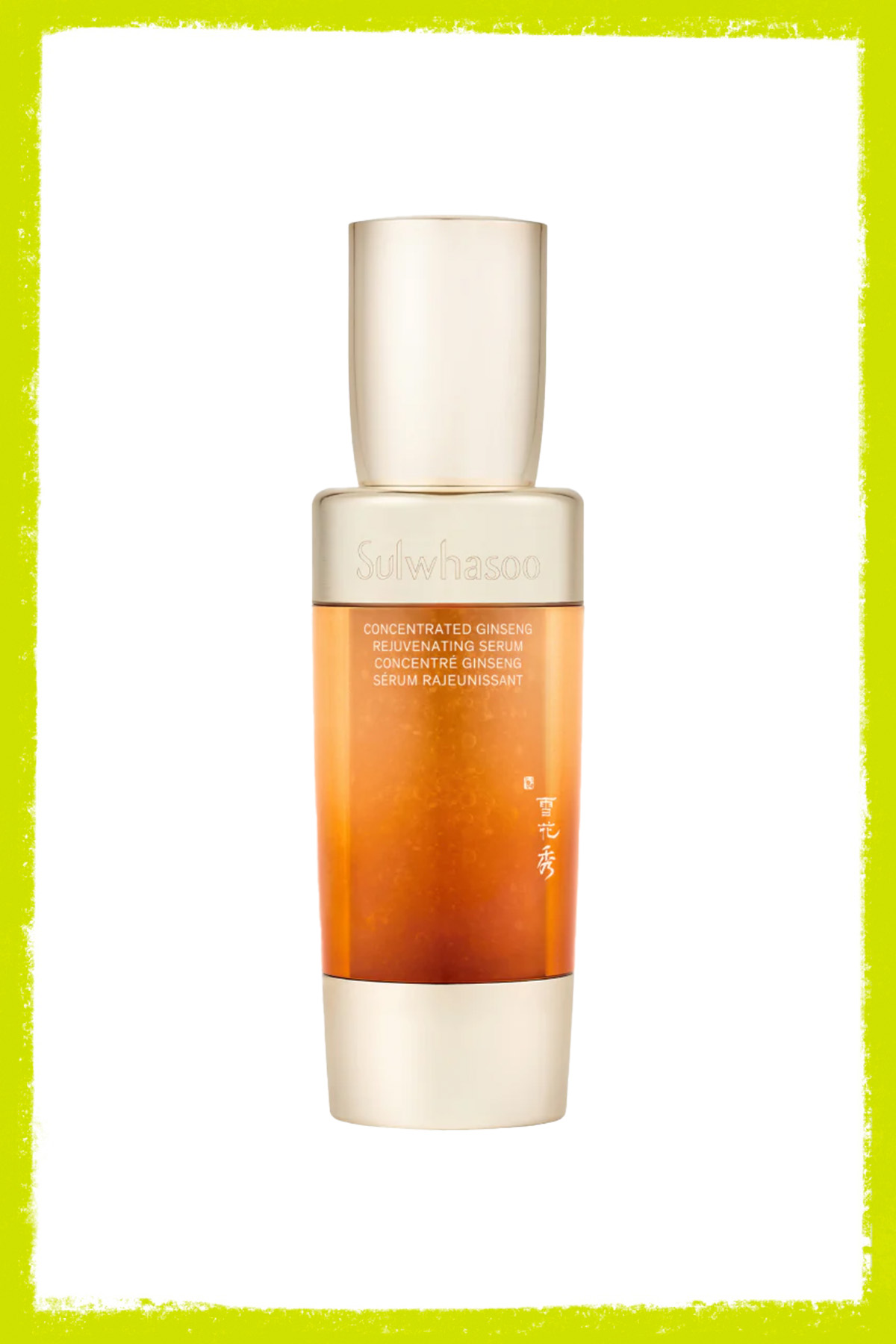
Hyperpigmentation affects 90 percent of pregnant women. While you’re not alone in dealing with it, it’s still fair game to want to fade the lingering acne marks and melasma. To get the job done, Hannah Bronfman, author of “Do What Feels Good,” swears by this K-Beauty staple, which features ginseng, a brightening agent. “I love this serum on its own or for layering under a light or thick moisturizer. It helped even my skin tone and was great for some of those stubborn spots,” she says.

Silicone patches are widely respected in the world of scar healing, but according to Medina-Cleghorn, you may want to use them for stretch mark treatment, too. “I designed a little experiment. I used one patch on the right side of my abdomen every night for about 45 days and used my regular creams on the left. I didn’t notice anything major at the time, but once I was about eight weeks postpartum I noticed small dry stretch marks on the left side where I didn’t place the patches, and the right side had none. I have already recommended these to pregnant friends and would absolutely use them from the beginning if I have another baby.”

